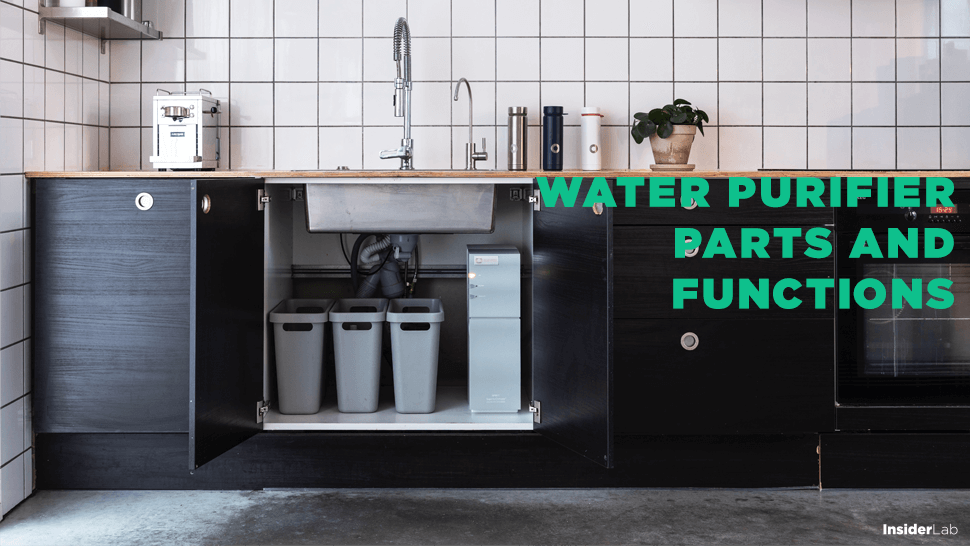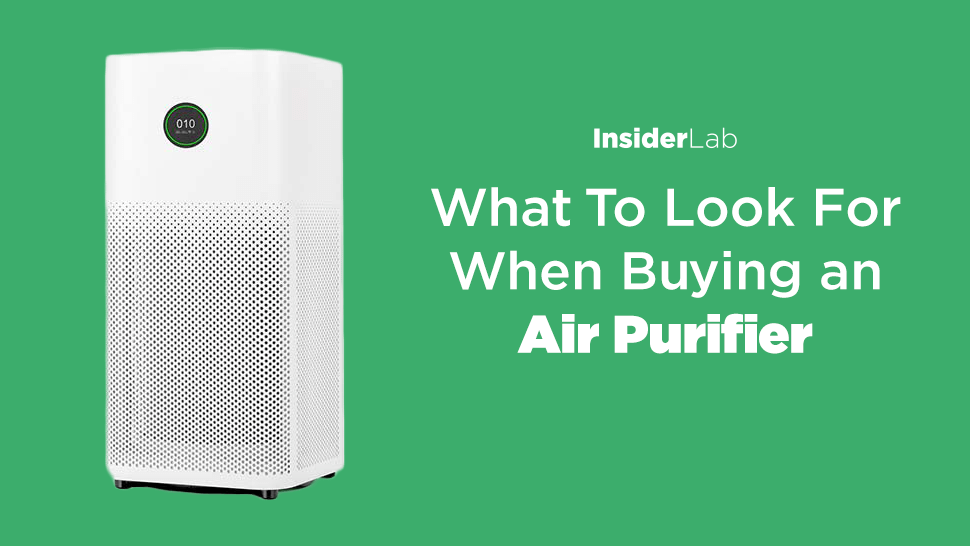Most water purifiers today have similar structures with some fixed parts and functions. In this article, you will learn about some of the important parts of a water filtration system that every home water purifier has.
There are 9 main parts of a Water Purifier:
- Filter cup
- Pressure tank
- High-pressure valve
- Low-pressure valve
- Solenoid valve
- Solenoid valve
- Mechanical valve
- One-way pump
- Two-way pump
- Booster Pump
Here is everything you need to know about Water Purifiers
1. Filter cup
The filter cup set is a water purification system upstream, initially removing impurities, mud, large-scale dirt, and unpleasant odors from the water source, so that the water is ready to go through the fine filter (RO). ) and mineral supplement cores.
Each set of filter cups will usually have from 1, 2, 3, or up to 4 coarse filter cups, each filter cup will include a cup containing filtered water, filter core, rubber seal. Usually, water purifiers will have a coarse filter, but if the input water is borewell water, rainwater, groundwater contaminated with salt, alum, lime with high total TDS (dissolved solids), you should use an additional filter cup to enhance the water purification ability of the machine, helping to lower the TDS index of the water before the water enters the stage of fine filtration or RO filtration.
If there is no coarse filter cup, water with a high TDS index carrying a lot of harmful impurities and minerals will easily become an RO filter, affecting the quality of the output filtered water as well as reducing the life of the filter. water purifier.
2. Pressurized Water Storage Tank
pressure vessel
This is a cylindrical part made of high-quality plastic or non-toxic metal, usually painted white or blue, with a capacity of 10 to 15 liters with the main function of storing water and maintaining water pressure.
Raw filtered water, after flowing through the RO membrane, becomes pure water and is stored in the pressure tank. At the same time, the pressure tank has a special structure to create pressure in the water tank, so there is always pressure to push the water out every time the user opens the faucet. Therefore, if the pressure tank has a problem, the water purifier will experience a situation where the output water is weak or there is no water even though the input water is still being supplied.
3. High-pressure valve
The high-pressure valve is considered as an on/off switch to control the outlet water. High-pressure valve works on the principle of differential pressure. Specifically, when the water source in the tank is full, the valve will automatically shut off the power to stop the pump from working to ensure that the water in the pressure tank does not overflow, and vice versa, when the water in the tank is reduced, the valve will automatically Electric closing action helps to stabilize the source of drinking water that is always available for use.
water purifier pressure valve
In addition, the high-pressure valve automatically shuts off power when the tank is full, which will also help you save energy. If your water purifier runs 24/24 without seeing any power off, it is highly likely that the high-pressure valve is damaged.
4. Low-pressure valve
The low-pressure valve in the water purifier works to cut off the power supply to the purifier every time the inlet water runs out or the water is weak. This is an auxiliary component, without a low-pressure valve, the filter can still work, but for families who often experience water loss, it is imperative to equip a low-pressure valve, because if If there is no low-pressure valve, the machine will work continuously until the pressure tank is full.
Continuing the previous article, in this article we will continue to learn about important components in home water purifiers.
5. Solenoid valve
electromagnetic valve
On the water purifier, the solenoid valve is a device that is installed after the filter level 3 and right in front of the water source entering the booster pump.
In essence, the magnetic valve acts like an electromagnet, when the power is on, the valve will open so that water can circulate in the filter system of the machine, and vice versa when the power is off, the valve will close to prevent Do not allow water to circulate. As such, the main function of the valve is to control the water source so that water cannot freely enter the filter elements, as well as prevent wastewater from flowing back into the filter. In addition, thanks to the solenoid valve, the purifier will automatically turn off when there is no power or when the inlet water supply is weak.
When the solenoid valve fails, there will be a phenomenon that the water purifier has stopped working but still has water flowing out at the water discharge port.
6. Mechanical valve
mechanical valve
Mechanical valve is a device installed after or before the RO membrane, does not need electricity to operate, has the function of supplying water when the machine is in operation and stopping water supply when the machine stops to avoid continuous discharge of wastewater.
Mechanical valves often make a loud noise when the machine is in operation and the disadvantage is that after a period of use, it will no longer close as tightly as the original, so it often happens that even though the valve is closed, the machine still filters water and discharges. wastewater out. Therefore, now high-end purifiers prefer to use solenoid valves to limit costly water leakage.
7. One-way pump
water pump
The pump is a device that is installed between 3 filter cups 1, 2, 3 and the RO membrane, the task is to push the water from the inlet to pass through the filters, so if the water pump is damaged, the whole machine will be damaged. The water filter is not working properly.
The one-way pump has the function of creating pressure for water to pass through the membranes, but the disadvantage is that it can only be used for water that has strong enough pressure such as tanks and water tanks with a height of 3 meters or more.
8. Two-way pump
The two-way pump was born to overcome the disadvantages of the one-way pump, it can suck water from the tank installed on the same level as the purifier or 2-3 meters lower than the machine, then pressurize the water to move forward. through the RO membrane.
9. Booster Pump
turbochargers
The booster pump is an additional component, which is the first solution when the water source in the RO water purifier is too weak, causing the output of filtered water to be very slow and unstable. The booster pump uses its own power source with its own adapter, usually mounted on the top or if your house has a low water tank, the booster pump will be mounted under the tank, increasing the pressure of water circulating in the road. water pipes, making the input water for the water purifier more stable.






